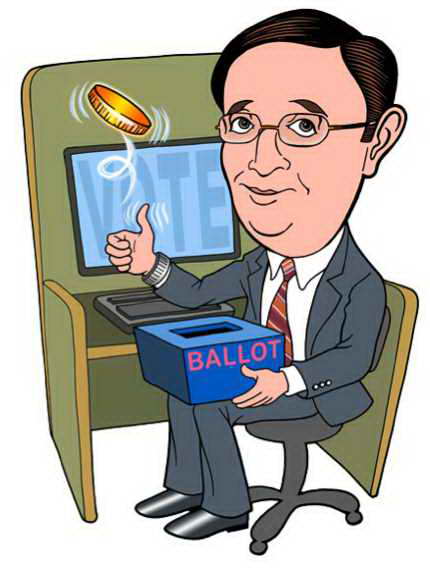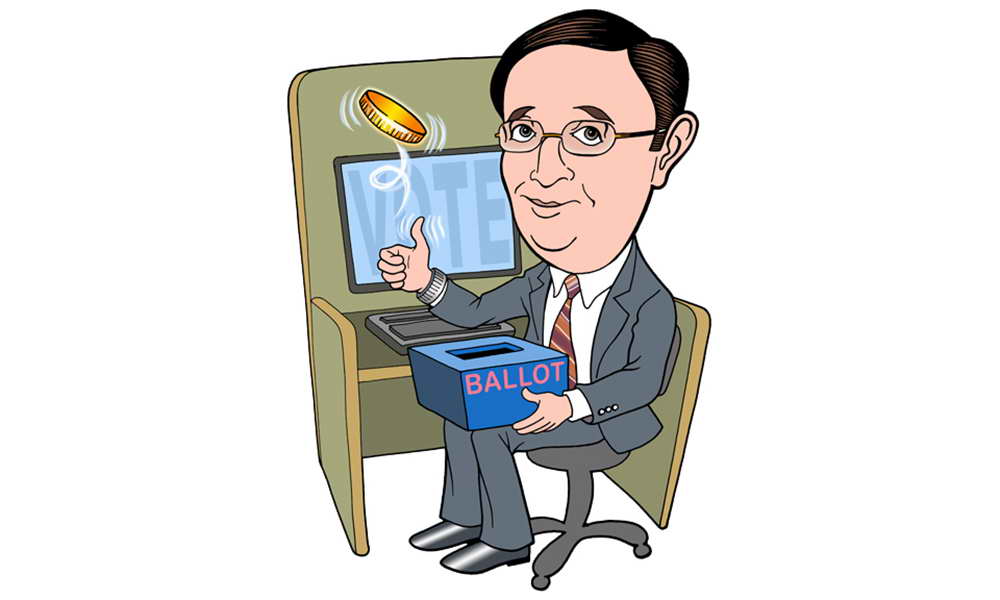By Dr. Lee M. Miringoff
For those watching the Bruins/Blackhawks Stanley Cup final the other night or game six of the NBA championship, the lesson learned is to stay in your seat until the very end. That may also be the case with the NYC Democratic Primary for Mayor. Nonetheless, the latest Wall Street Journal/NBC New York/Marist Poll shows some interesting dynamics that deserve attention.
 Anthony Weiner has weathered the first phase of his return to electoral politics, and is now in front with 25% of Democrats’ support. His 34% positive rating from last February has now become 52%. Would Democrats consider voting for Weiner? In April, his numbers were upside down with 46% saying “yes” but 50% saying “no.” Now, his numbers are right side up with 53% of Democrats telling us they’d consider voting for Weiner to only 41% who won’t.
Anthony Weiner has weathered the first phase of his return to electoral politics, and is now in front with 25% of Democrats’ support. His 34% positive rating from last February has now become 52%. Would Democrats consider voting for Weiner? In April, his numbers were upside down with 46% saying “yes” but 50% saying “no.” Now, his numbers are right side up with 53% of Democrats telling us they’d consider voting for Weiner to only 41% who won’t.
And then, there’s the decline in support for Christine Quinn. She remains popular with most Democrats. In fact, her favorable/unfavorable rating is roughly two-to-one positive. But, it has dropped. In February, 65% of Democrats rated her favorably to only 17% who had a negative view of her. Now, her positive rating has fallen to 57%, and her negatives have climbed to 29%. Not too shabby but she now occupies second place among Democrats. She’s no longer the frontrunner.
Bill Thompson, who narrowly lost to Bloomberg last time, is in third place currently with 13% of the Democratic vote. But, he’s a factor to be watched as the field hopes to advance to the runoff. His positive score has jumped from 52% last month to 60% currently. In a runoff against either Quinn or Weiner, Thompson is neck-and-neck.
Movement, yes. But, the race remains wide open with 18% of Democrats saying they are undecided, and only 36% firmly committed to a candidate. If, as expected, this ends up a low turnout primary, then the ability of a candidate to turn out his or her base will be crucial. That mobilization is not likely to be evident until the closing weeks of the campaign when voters are paying more attention. Until then, these political playoffs remain very much an active contest.

